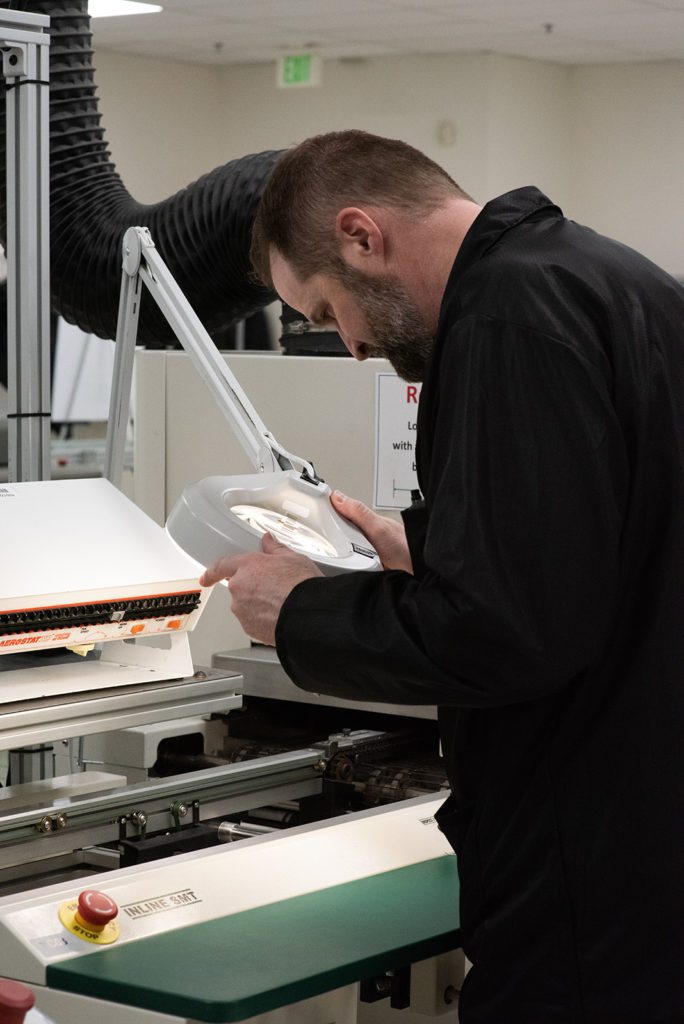Overview
When making the decision on when to start testing to get your product certified to a regulatory standard, there are many factors to consider. The timing decision can affect total cost, time to market, and the number of cycles of testing required. It can be a real balancing act. Designers want to get certified as soon as possible, but if you do it before the design is frozen, you may have to do it twice – or even more.
Lessons Learned
- UL Safety Testing: In the UL safety testing process, part of the initial submission to UL is a table that includes the Critical Components of the product and the Critical Characteristics of each component. Once UL has done the testing and approved your product, any change to a Critical Characteristic of a Critical Component could trigger the need for a re-test. This is important to keep in mind during the initial definition phase. It is helpful to keep those critical characteristics as generic as possible
 .
. - FDA Certification – Production Equivalence: Where UL is concerned only with the components that make up a product, the FDA regulates the processes used to manufacture the products as well. The design validation units will have to be either production or production equivalent units – not prototypes. For example, if the finished unit is intended to be ultrasonically welded, but you start with units that are hand-welded or epoxied, the hand-welded units are not equivalent and cannot be used for design validation.
- FDA Certification – Process Verification and Validation (V&V): The FDA regulations say that where the results of a process cannot be fully verified by subsequent inspection and test, the process shall be validated. Process V&V is a long and expensive process so it’s most cost-effective to start after the design and process are frozen.
- Small Changes, Big Costs: It is not uncommon for a design engineer to assume that because two parts are listed as interchangeable, regulatory agencies won’t need to re-test. This can be a significant error. UL can require re-testing for any Critical Characteristic change. On the FDA side, companies are often in a hurry to get to the production process so they can get units for design validation. However, if they rush to production before the process is set, they may have to repeat process V&V steps.

